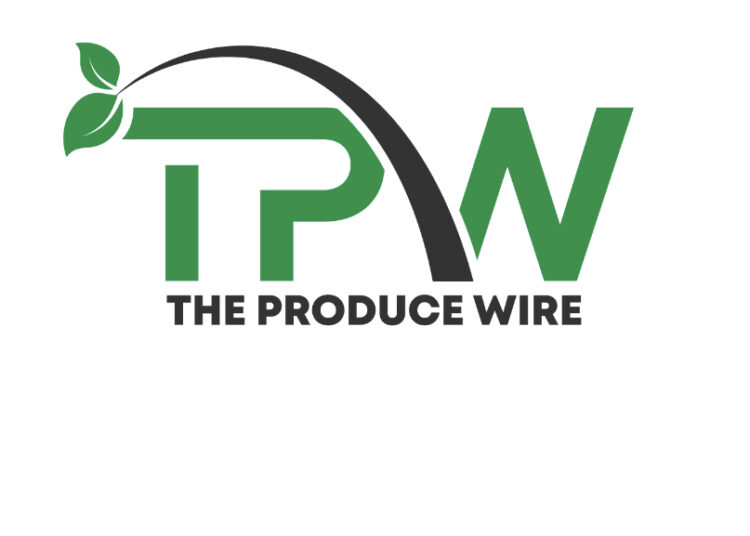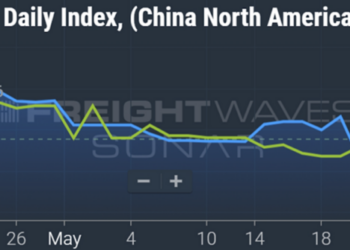The landscape for freight — and FreightTech — has changed. It’s not as much about shipping goods as fast as possible anymore as it is about getting customers the goods exactly when they expect them. It’s more about using FreightTech to position inventory correctly so that delivery windows can be met, as opposed to FreightTech as a “disruptor.” And layered on top of these changes, there’s a cyclical factor as volumes snap back from COVID-era boom levels.
That is the view of industry veteran Alan Gershenhorn, formerly a UPS executive and now a strategic adviser, who outlined the market evolution at FreightWaves’ F3: Future of Freight Festival on Thursday.
“Obviously, we’re in a downcycle and I think it’s exacerbated by the upcycle we had with COVID. Because of that, it has made this downcycle seem even worse than it really is,” he explained.
“During that huge upcycle, there was a tremendous amount of cost and capacity added, and rightfully so to take advantage of the opportunity and make sure you could grab every piece of business you possibly could. Then the wheels came off the truck, so to speak, and everybody found themselves with a huge amount of cost and excess capacity and everybody’s having to make those adjustments.
“We’re in a period of excess capacity across all of logistics.”
Reduced need for speed
Airfreight faces an added challenge beyond the capacity adjustment, said Gershenhorn, a former board member of Cargojet, the largest airfreight carrier in Canada.
Airfreight “is being impacted by the same phenomenon that the rest of the industry is, but there’s also a push back to surface transportation. A number of years ago there was the big just-in-time phenomenon, but I think folks have now figured out how to run their businesses more efficiently using surface transportation.
“Another thing is that a lot of the goods in the parcel industry are now being stored very close to the last mile, so I think the parcel air business is not going to grow as fast as the ground business anymore. There’s going to be some rightsizing that needs to take place.”
This reduced emphasis on speed is also supporting the intermodal rail business.
“There had been this tremendous need for speed and putting stuff on rail was cheaper but you could move things faster by truck, but when you did the research, you found that consumers weren’t as interested in speed as knowing when they were going to get what they ordered at the time they ordered it.
“I think that’s why rail and some of these other ‘slower’ modes are becoming in vogue.”
The role of FreightTech
According to Gershenhorn, “The tools — the technologies — that folks are implementing allow them to better manage their inventories and put more of their inventory in the right place at the right time so they can take advantage of surface transportation rather than air.”
In hindsight, the story of FreightTech hasn’t been as much about disruption as it has been about the benefits to logistics planning and performance that have accrued over time.
“With FreightTech, we’ve been in a little bit of a hype cycle. It’s really not about disruption,” said Gershenhorn.
“If you look at Convoy and even Flexport, they’ve built some really good tech. It’s good stuff. The challenge is that one [Convoy] couldn’t make the economics work and one [Flexport] is still struggling to make the economics work.
“But somebody’s going to be the beneficiary of all that, and it also caused the rest of the industry to begin to look inside their own house and figure out what they could do better.”
The post How better inventory planning has offset the need for speed appeared first on FreightWaves.














